当前位置:网站首页>MySQL advanced part 2: storage engine
MySQL advanced part 2: storage engine
2022-07-05 06:13:00 【Dawnlighttt】
List of articles
Storage engine
Storage engine features
Unlike most databases , MySQL There's a storage engine concept in , We can choose the best storage engine for different storage requirements .
The storage engine is to store data , Index , Update query data and so on . The storage engine is table based , Not library based . So a storage engine can also be called a table type .
Oracle,SqlServer There is only one storage engine for databases .MySQL Provides plug-in storage engine architecture . therefore MySQL There are multiple storage engines , You can use the engine as needed , Or write a storage engine .
MySQL5.0 Supported storage engines include : InnoDB 、MyISAM 、BDB、MEMORY、MERGE、EXAMPLE、NDB Cluster、ARCHIVE、CSV、BLACKHOLE、FEDERATED etc. , among InnoDB and BDB Provide transaction safety watch , Other storage engines are non transactional security tables .
You can specify show engines , To query the storage engine supported by the current database :

If you do not specify a storage engine when creating a new table , Then the system will use the default storage engine ,MySQL5.5 The previous default storage engine was MyISAM,5.5 Then it's changed to InnoDB.
see Mysql Database default storage engine , Instructions :
show variables like '%storage_engine%' ;
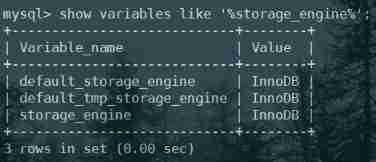
Various storage engine features
Here are some common storage engines , And compare the differences between the storage engines , As shown in the following table :
| characteristic | InnoDB | MyISAM | MEMORY | MERGE | NDB |
|---|---|---|---|---|---|
| Storage limits | 64TB | Yes | Yes | No, | Yes |
| Transaction security | Support | ||||
| Locking mechanism | Row lock ( Suitable for high concurrency ) | Table locks | Table locks | Table locks | Row lock |
| B Tree index | Support | Support | Support | Support | Support |
| Hash index | Support | ||||
| Full-text index | Support (5.6 After the version ) | Support | |||
| Cluster index | Support | ||||
| Data index | Support | Support | Support | ||
| The index buffer | Support | Support | Support | Support | Support |
| Data can be compressed | Support | ||||
| Space use | high | low | N/A | low | low |
| Memory usage | high | low | secondary | low | high |
| Batch insertion speed | low | high | high | high | high |
| Support foreign keys | Support |
Next, we will focus on the two longest used storage engines : InnoDB、MyISAM , The other two MEMORY、MERGE , Understanding can .
InnoDB
InnoDB The storage engine is Mysql The default storage engine for .InnoDB The storage engine provides with commit 、 Roll back 、 Crash resilience transaction security . But contrast MyISAM Storage engine for ,InnoDB The processing efficiency of writing is poor , And it will take up more disk space to keep data and index .
InnoDB Storage engine is different from other storage engines :
Transaction control
create table goods_innodb(
id int NOT NULL AUTO_INCREMENT,
name varchar(20) NOT NULL,
primary key(id)
)ENGINE=innodb DEFAULT CHARSET=utf8;
start transaction;
insert into goods_innodb(id,name)values(null,'Meta20');
commit;
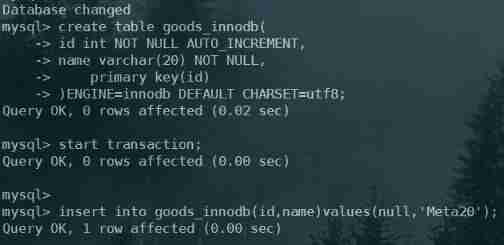
test , Found in InnoDB There are transactions in ;
Foreign key constraints
MySQL The only storage engine that supports foreign keys is InnoDB , When creating a foreign key , The parent table is required to have a corresponding index , When creating a foreign key, the child table , The corresponding index will also be created automatically .
In the following two tables , country_innodb It's the father's watch , country_id Index for primary key ,city_innodb A watch is a subtable ,country_id The field is foreign key , Corresponding to country_innodb Primary Key country_id .
create table country_innodb(
country_id int NOT NULL AUTO_INCREMENT,
country_name varchar(100) NOT NULL,
primary key(country_id)
)ENGINE=InnoDB DEFAULT CHARSET=utf8;
create table city_innodb(
city_id int NOT NULL AUTO_INCREMENT,
city_name varchar(50) NOT NULL,
country_id int NOT NULL,
primary key(city_id),
key idx_fk_country_id(country_id),
CONSTRAINT `fk_city_country` FOREIGN KEY(country_id) REFERENCES country_innodb(country_id) ON DELETE RESTRICT ON UPDATE CASCADE
)ENGINE=InnoDB DEFAULT CHARSET=utf8;
-- ON DELETE RESTRICT: Delete main table , If there are related records , Don't delete
-- ON UPDATE CASCADE: Update main table , If the child table has associated records , Update sub table records
insert into country_innodb values(null,'China'),(null,'America'),(null,'Japan');
insert into city_innodb values(null,'Xian',1),(null,'NewYork',2),(null,'BeiJing',1);
When the index is created , Can be specified in delete 、 When updating the parent table , The corresponding operation on the sub table , Include RESTRICT、CASCADE、SET NULL and NO ACTION.
RESTRICT and NO ACTION identical , It is limited to the case that the sub table has associated records , The parent table cannot be updated ;
CASCADE Indicates that when the parent table is updated or deleted , Update or delete the record corresponding to the sub table ;
SET NULL When the parent table is updated or deleted , The corresponding fields of the sub table are SET NULL .
For the two tables created above , The foreign key specification of the child table is ON DELETE RESTRICT ON UPDATE CASCADE The way of , When deleting records in the main table , If the sub table has corresponding records , Delete is not allowed , When the main table is updating records , If the sub table has corresponding records , Then the sub table is updated .
The data in the table is shown in the figure below :
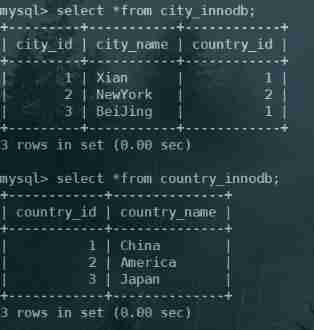
Foreign key information can be viewed in the following two ways :
show create table city_innodb ;
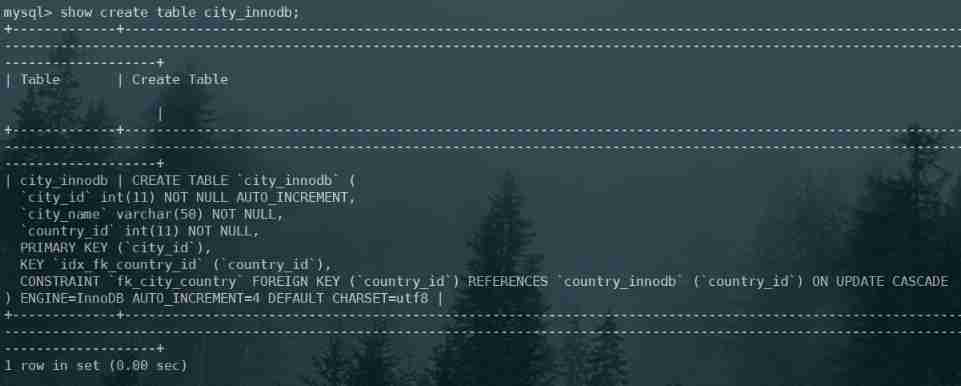
Delete country_id by 1 Of country data :
delete from country_innodb where country_id = 1;

Update main table country Table fields country_id :
update country_innodb set country_id = 100 where country_id = 1;

After the update , The data information of the sub table is :
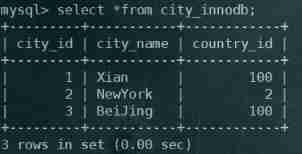
storage
InnoDB There are two ways to store tables and indexes :
①. Use shared table space to store , The table structure of the table created in this way is saved in .frm In file , Data and indexes are stored in innodb_data_home_dir and innodb_data_file_path In the defined tablespace , It can be multiple files .
②. Using multi table space storage , The table structure of the table created in this way still exists .frm In file , But the data and index of each table are stored separately in .ibd in .
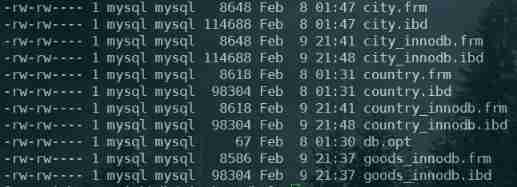
MyISAM
MyISAM Unsupported transaction 、 Foreign keys are also not supported , The advantage is the speed of access , There is no requirement for the integrity of the transaction or to SELECT、INSERT Basically, all major applications can use this engine to create tables . There are two more important features :
Unsupported transaction
create table goods_myisam(
id int NOT NULL AUTO_INCREMENT,
name varchar(20) NOT NULL,
primary key(id)
)ENGINE=myisam DEFAULT CHARSET=utf8;

Pass the test , We found that , stay MyISAM In the storage engine , There is no transaction control ;
File storage
Every MyISAM Stored on disk as 3 File , The file name is the same as the table name , But the extended names are :
.frm ( Storage table definition );
.MYD(MYData , Store the data );
.MYI(MYIndex , Storage index );

MEMORY
Memory The storage engine stores the table data in memory . Every MEMORY The table actually corresponds to a disk file , The format is .frm , Only the structure of the table is stored in this file , And its data files , It's all stored in memory , This is conducive to the rapid processing of data , Improve the efficiency of the whole watch .MEMORY Table access of type is very fast , Because his data is stored in memory , And by default HASH Indexes , But once the service is shut down , The data in the table will be lost .
MERGE
MERGE The storage engine is a set of MyISAM Combination of tables , these MyISAM Tables must be exactly the same structure ,MERGE The table itself does not store data , Yes MERGE Types of tables can be queried 、 to update 、 Delete operation , These operations are actually internal MyISAM Table .
about MERGE Insert operation of type table , It's through INSERT_METHOD Clause defines the inserted table , There can be 3 Different values , Use FIRST or LAST Value so that the insert operation is applied to the first or last table accordingly , Do not define this clause or define it as NO, That means you can't do this MERGE Tables perform insert operations .
It can be done to MERGE table DROP operation , But this operation just deletes MERGE The definition of the table , It has no effect on the internal table .

Here's an example of creating and using MERGE Examples of tables :
1) establish 3 A test table order_1990, order_1991, order_all , among order_all It's from the first two tables MERGE surface :
create table order_1990(
order_id int ,
order_money double(10,2),
order_address varchar(50),
primary key (order_id)
)engine = myisam default charset=utf8;
create table order_1991(
order_id int ,
order_money double(10,2),
order_address varchar(50),
primary key (order_id)
)engine = myisam default charset=utf8;
create table order_all(
order_id int ,
order_money double(10,2),
order_address varchar(50),
primary key (order_id)
)engine = merge union = (order_1990,order_1991) INSERT_METHOD=LAST default charset=utf8;
2) Insert records into two tables respectively
order_1990 Data in :
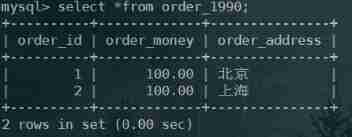
order_1991 Data in :
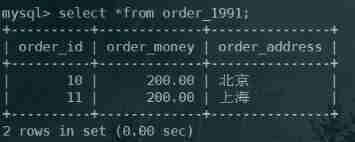
order_all Data in :
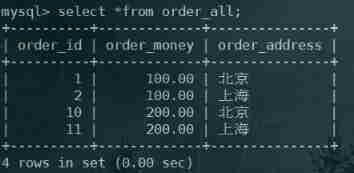
4) Go to order_all Insert a record in , Because in MERGE Table definition ,INSERT_METHOD The choice is LAST, Then the inserted data will be inserted into the last table .
insert into order_all values(100,10000.0,' Xi'an ');
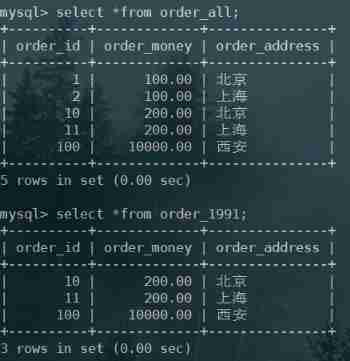
Choice of storage engine
When choosing a storage engine , The appropriate storage engine should be selected according to the characteristics of the application system . For complex applications , You can also select a variety of storage engines to combine according to the actual situation . Here are some common storage engine usage environments .
- InnoDB : yes Mysql The default storage engine for , For transactional applications , Support foreign keys . If the application has higher requirements for transaction integrity , Data consistency is required under concurrent conditions , Data operation except insert and query , It also contains a lot of updates 、 Delete operation , that InnoDB The storage engine is a better choice .InnoDB The storage engine can effectively reduce the lock caused by deletion and update , It also ensures the complete commit and rollback of the transaction , For similar billing system or financial system and other data accuracy requirements of the system ,InnoDB Is the most appropriate choice .
- MyISAM : If the application is based on read operation and insert operation , There are very few update and delete operations , And the integrity of the transaction 、 Concurrency requirements are not very high , So it's very appropriate to choose this storage engine .
- MEMORY: Save all data in RAM in , In the need for fast location records and other similar data environment , Can provide access to a few blocks .MEMORY The drawback is that there is a limit on the size of the table , Too large tables cannot be cached in memory , The second is to ensure that the data in the table can be recovered , After the abnormal termination of the database, the data in the table can be recovered .MEMORY Tables are usually used to update small tables that are less frequent , To quickly get access to results .
- MERGE: Used to equate a series of MyISAM Tables are logically combined , And refer to them as an object .MERGE The advantage of the table is that it can break through to single MyISAM Table size limit , And by distributing different tables on multiple disks , Can effectively improve MERGE Table access efficiency . It's important for storage such as data warehousing VLDB The environment is perfect .
边栏推荐
- LeetCode 0108.将有序数组转换为二叉搜索树 - 数组中值为根,中值左右分别为左右子树
- js快速将json数据转换为url参数
- 【Rust 笔记】13-迭代器(中)
- Golang uses context gracefully
- In depth analysis of for (VaR I = 0; I < 5; i++) {settimeout (() => console.log (I), 1000)}
- Navicat連接Oracle數據庫報錯ORA-28547或ORA-03135
- 1.14 - 流水线
- 【Rust 笔记】17-并发(上)
- 【Rust 笔记】16-输入与输出(下)
- Brief introduction to tcp/ip protocol stack
猜你喜欢
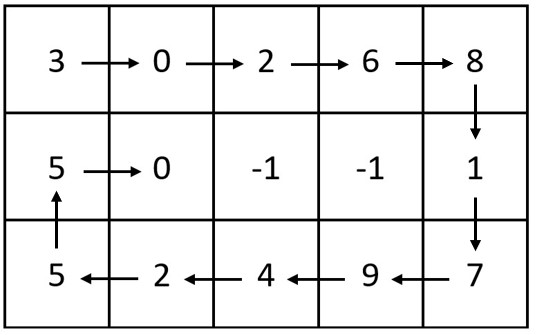
leetcode-6111:螺旋矩阵 IV
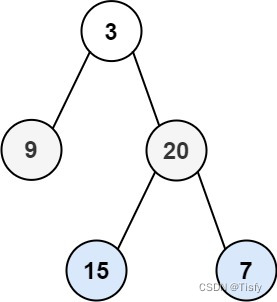
LeetCode 0107. Sequence traversal of binary tree II - another method
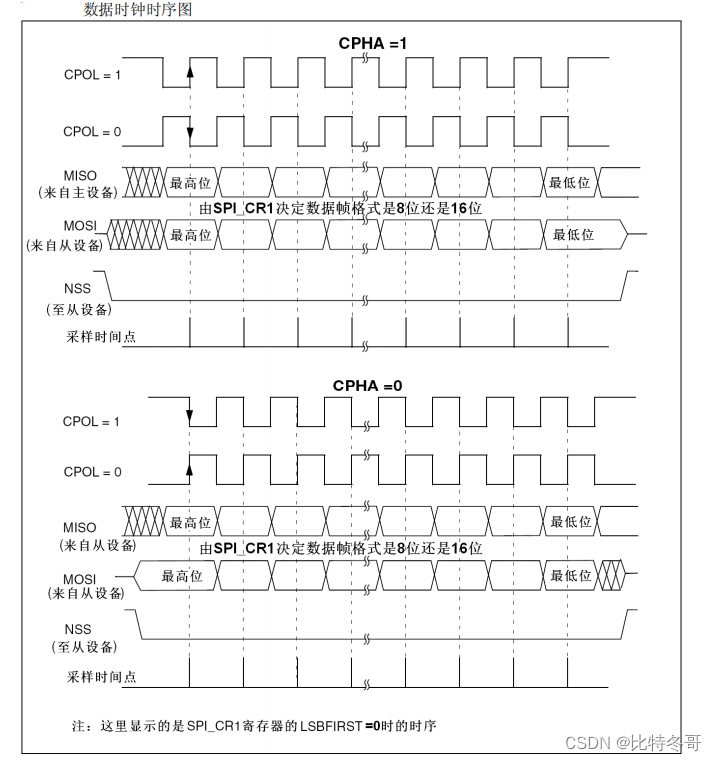
SPI 详解

4. 对象映射 - Mapping.Mapster

SQLMAP使用教程(一)
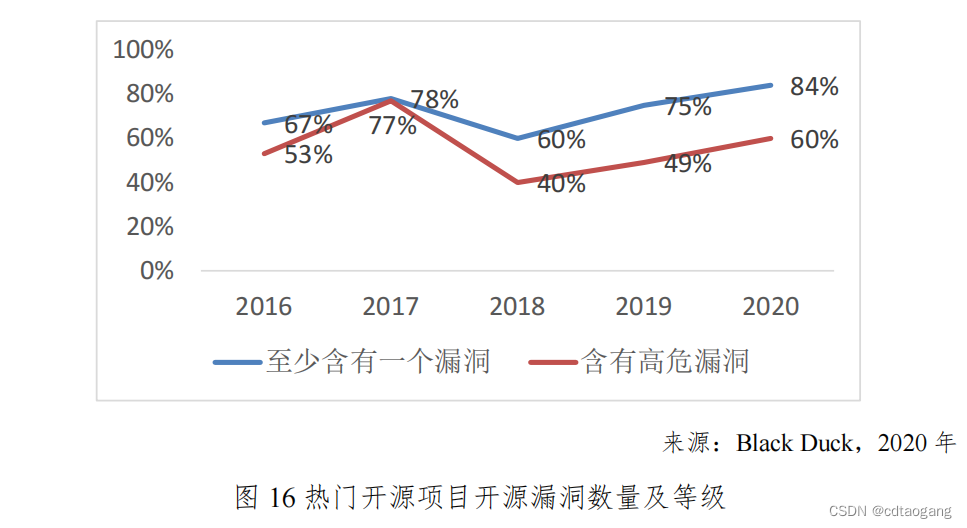
开源存储这么香,为何我们还要坚持自研?

做 SQL 性能优化真是让人干瞪眼
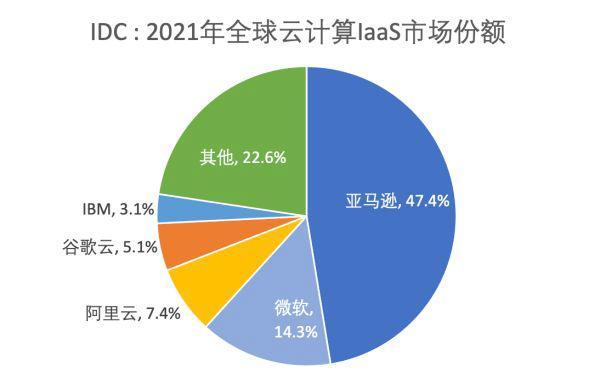
Quickly use Amazon memorydb and build your own redis memory database

Appium foundation - use the first demo of appium
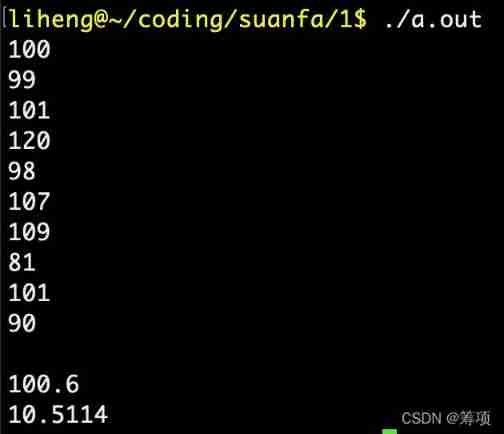
Typical use cases for knapsacks, queues, and stacks
随机推荐
Typical use cases for knapsacks, queues, and stacks
Multi screen computer screenshots will cut off multiple screens, not only the current screen
[rust notes] 17 concurrent (Part 1)
Golang uses context gracefully
Open source storage is so popular, why do we insist on self-development?
Arduino 控制的 RGB LED 无限镜
1041 Be Unique
On the characteristics of technology entrepreneurs from Dijkstra's Turing Award speech
SQLMAP使用教程(二)实战技巧一
In depth analysis of for (VaR I = 0; I < 5; i++) {settimeout (() => console.log (I), 1000)}
leetcode-556:下一个更大元素 III
Wazuh開源主機安全解决方案的簡介與使用體驗
Records of some tools 2022
leetcode-1200:最小绝对差
LeetCode 0107.二叉树的层序遍历II - 另一种方法
[rust notes] 14 set (Part 2)
实时时钟 (RTC)
LeetCode 0108.将有序数组转换为二叉搜索树 - 数组中值为根,中值左右分别为左右子树
Doing SQL performance optimization is really eye-catching
WordPress switches the page, and the domain name changes back to the IP address